A Studio & Modern Equipments in the Sky
Sculptor constellation was one of the southern constellations introduced by the French astronomer Nicolas Louis de Lacaille in the 18th century.
Between 1751 and 1752, whilst staying in Cape Town, Abbe Nicolas Lacaille mapped and named fourteen constellations in the Southern hemisphere.
Three of these were in honour of the Arts -
CAELUM, The Chisel, a sculptor's tool;
PICTOR, The Painter's Easel;
SCULPTOR, The Sculptor (originally called L'atelier du sculpteur, i.e. sculptor's workshop).
But the majority of these modern constellations celebrated new scientific inventions,
these being:
ANTLIA, The Air Pump, which had been developed by the physicist Denis Papin (1647-1712);
CIRCINUS, The Compasses, named for the compasses so vital to surveyors;
FORNAX, The Furnace, a chemical instrument;
HOROLOGIUM, The Clock, honouring the invention of Dutchman Christiaan Huygens;
MICROSCOPIUM, The Microscope, which was to bring enormous advantages to all branches of science;
NORMA, The Level, a set square used both by sailors as they travelled on their voyages of discovery and by the carpenters who built their vessels;
OCTANS, The Octant, a prototype of the sextant, which had only recently (1730) been invented by John Hadley;
PYXIS, The Compass, another instrument so essential to seafarers;
RETICULUM, The Net, most probably a kind of grid used on the eyepiece of a telescope to aid judgement of scale and location;
and, finally, TELESCOPIUM, The Telescope, so essential to his own studies.
The fourteenth constellation he named MENSA, The Table Mountain, honouring the site where he had carried out his work.
Let's see one by one.
Caelum is a small and faint constellation, visible in the southern sky in the months around November.The name means chisel.
Antlia is a small, faint constellation located in the southern skies.
Its name is an ancient Greek word for “the pump.”
The constellation was originally named Antlia Pneumatica, to commemorate the invention of the air pump, which it represents. 

Fornax is a constellation in the southern celestial hemisphere,
partly ringed by the celestial river Eridanus.
Its name is Latin for furnace.
It was named by French astronomer Nicolas Louis de Lacaille in 1756.
Telescopium constellation lies in the southern sky, south of Sagittarius and Corona Australis.

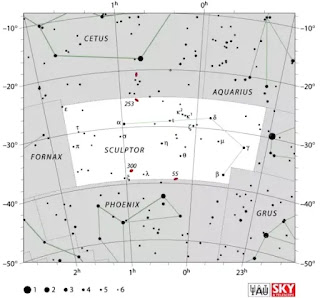





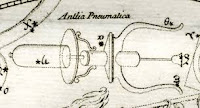













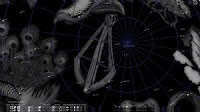







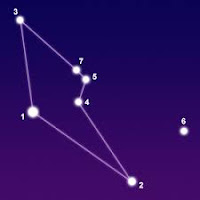
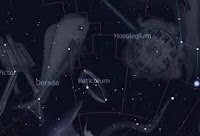








Nice👌👌
ReplyDelete